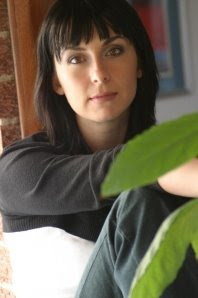
About the book (from Amazon.com):
In this 14th Alex Cross thriller, Cross, a Washington, D.C., police detective, takes on a very different quarry—a human monster known as the Tiger with ties to the African underworld. When the Tiger and his teenage thugs butcher writer Ellie Cox, her husband and children in their Georgetown home, Cross is devastated because Ellie had been his girlfriend in college. The Cox family massacre proves to be just the first in a series. Cross pursues the Tiger to Nigeria, where the profiler finds himself at the mercy of corrupt government officials who may be working with the Tiger.
Here’s what Pat had to say about the latest in the Alex Cross Series:
James Patterson’s Cross Country is a page turner from beginning to end.
Alex Cross and Brianna Stone are called to a horrific crime scene, one of the worst murder scenes Cross has encountered in his entire D.C. police career. Families are brutally murdered in their homes. One scene involves Cross’ ex-girlfriend Ellie Randall Cox and her family, and the death of the entire family. Ellie was a reporter who uncovered a series of brutal murders happening both in the United States and Nigeria, Africa.
Cross ends up in Africa on the trail of a notorious killer, Tiger, and his boy killers. From the moment Cross sets foot in Nigeria, he is kidnapped, beaten, and shot at. The fast-paced style that Patterson has cornered the market on continues in this latest Alex Cross story. Everyone Cross comes in contact with is dying or in danger, and eventually, Tiger follows Cross back to Washington, D.C.
This book is fantastic, and I would rate it with 5 stars. It will keep readers glued to the page until they are finished. This is one of the better books in the Cross series, and setting a portion of the tale in Africa was unique and believable.
***Don’t forget about the Gods Behaving Badly Contest, which runs through January 5 at Midnight EST.***














 Thanks to the authors–
Thanks to the authors–









